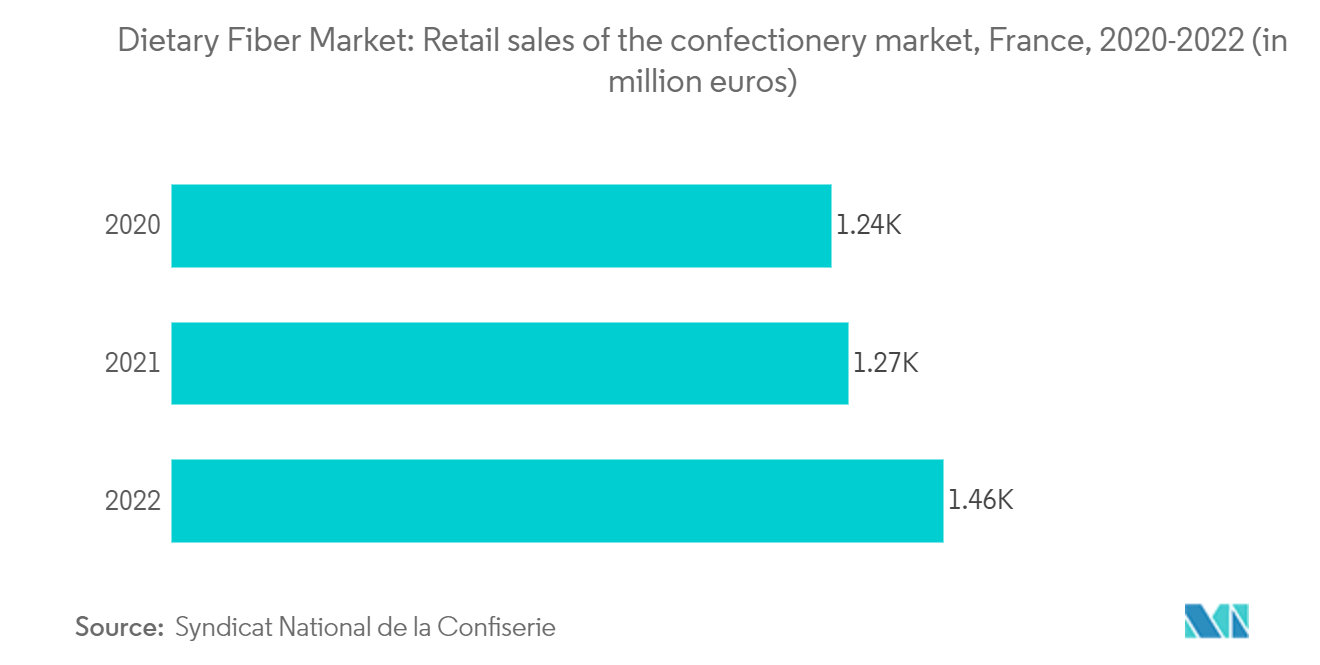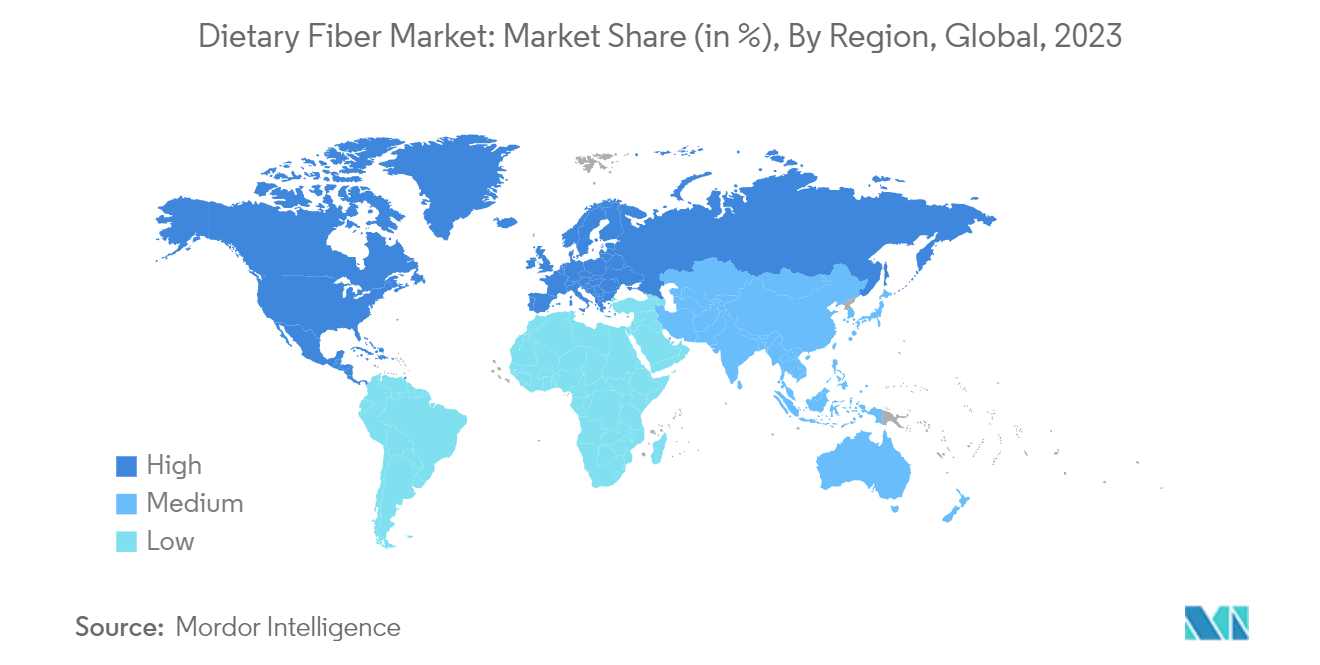Market Trends of Dietary Fiber Industry
Increased Demand in the Bakery and Confectionery Segment
With the surge in health consciousness, consumers are increasingly seeking dietary fibers in bakery and confectionery products. These fibers, known for improving digestive health and lowering chronic disease risks, are now key ingredients in bread, cakes, and chocolates. This shift in consumer behavior is fueling the growth of the global dietary fiber market, especially within this segment, as manufacturers innovate to meet this demand.
- Technological Innovations: Advances in food technology have facilitated the integration of functional fibers into bakery products without compromising quality. These fibers enhance the nutritional profile, improve texture, and extend the shelf life of baked goods. For instance, soluble fibers are being widely used for their ability to dissolve in water, forming a gel-like consistency that benefits product quality, driving the soluble fiber market trends.
- Economic Benefits: The ability of dietary fibers to retain moisture and prolong the freshness of bakery products is reducing economic losses for manufacturers. By replacing unhealthy fats and additives with dietary fibers, companies can offer healthier alternatives that align with the growing wellness trend, contributing to the dietary fiber market's expansion.
- Growth Projections: The dietary fiber industry outlook remains positive, with forecasts predicting continued growth driven by consumer demand for fiber-enriched bakery and confectionery products. As the global dietary fiber market size increases, this segment is expected to be a significant contributor, reflecting broader dietary fiber market trends.

Europe Is The Fastest Growing Market For Dietary Fibers
- Health-Driven Growth: Europe has emerged as the fastest-growing dietary fiber market, propelled by rising consumer awareness and health benefits associated with dietary fibers. The market is experiencing growth due to increasing cases of heart diseases, type 2 diabetes, and obesity, prompting consumers to adopt high-fiber diets. This trend is particularly strong in functional foods and beverages, which are gaining popularity across the region.
- Regulatory Support: The European Food Safety Authority (EFSA) plays a crucial role in the dietary fiber industry's growth by promoting the inclusion of dietary fibers in food products. This regulatory backing supports market leaders and new entrants, fostering a dynamic environment for the dietary fiber market's expansion in Europe.
- Diverse Fiber Sources: The European dietary fiber market is characterized by a wide range of fiber sources, including cereals, fruits, vegetables, and legumes. Countries like Germany, France, and the United Kingdom dominate the market, driven by high consumption of fiber-rich foods. The focus on organic and clean-label products is also contributing to market growth, reflecting evolving dietary fiber consumption patterns.
- Innovation and Investment: Significant investments in research and development are leading to the introduction of novel dietary fiber products in Europe. These innovations are enhancing the overall market value, with predictions indicating sustained growth in the dietary fiber industry. As consumer demand continues to rise, the market forecast for Europe remains optimistic, underscoring its role as a key player in the global dietary fiber market.


